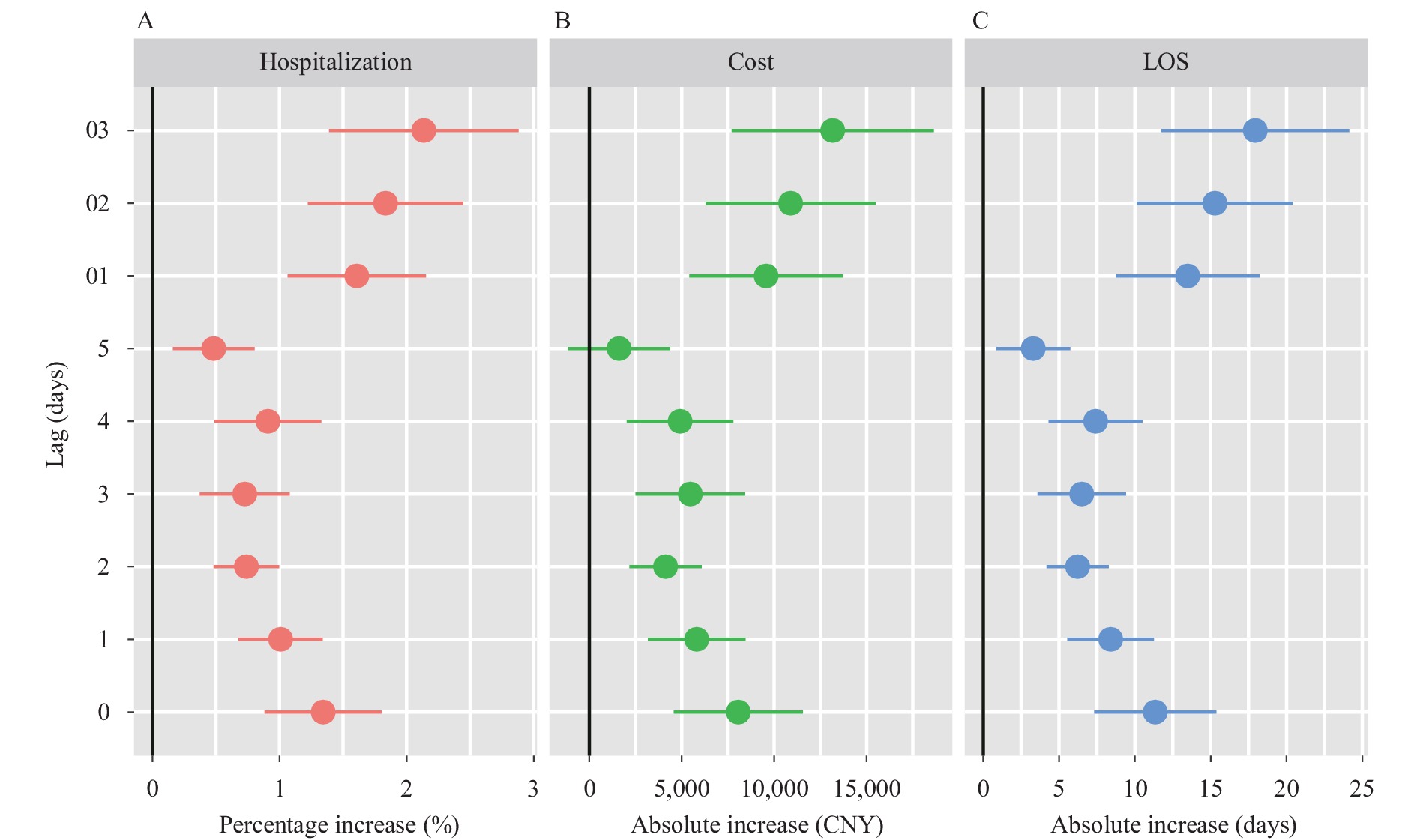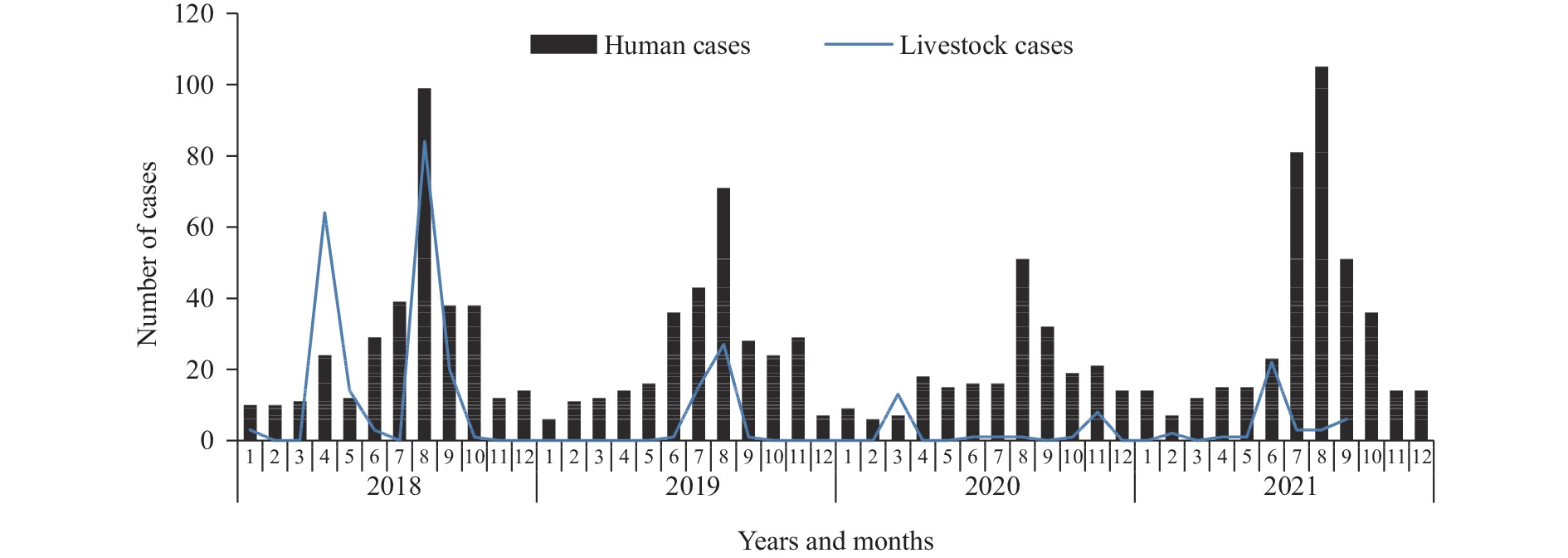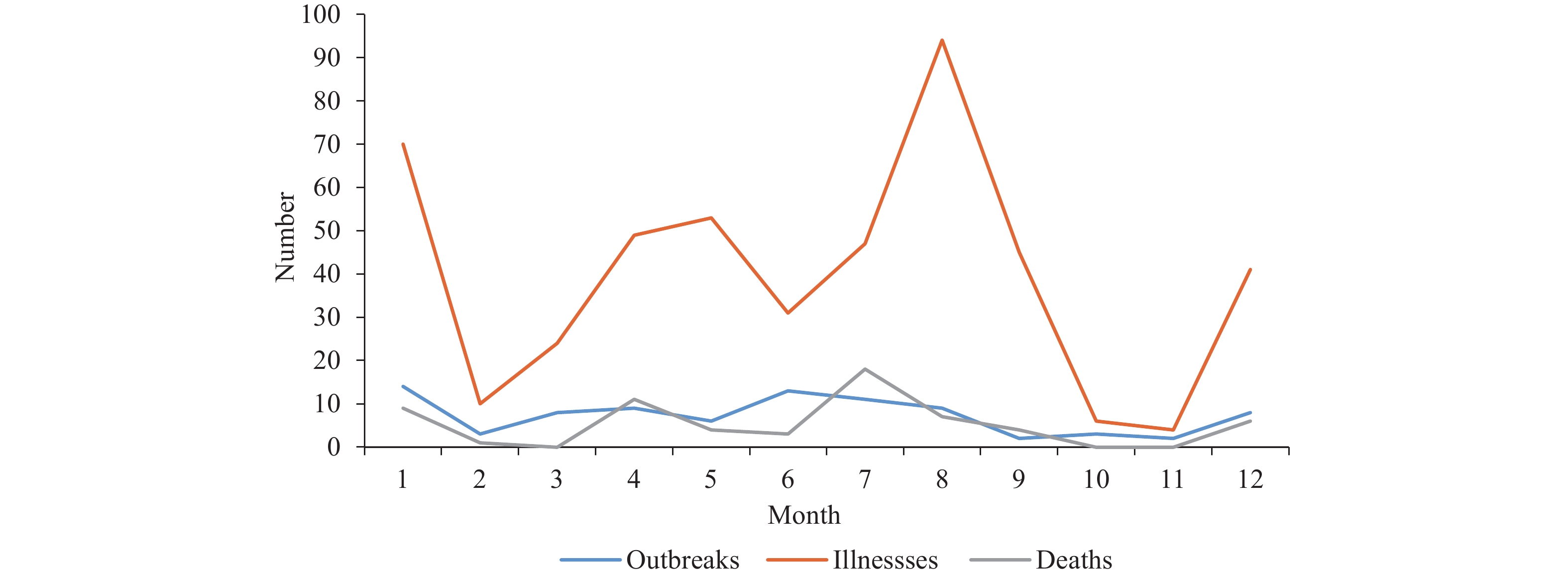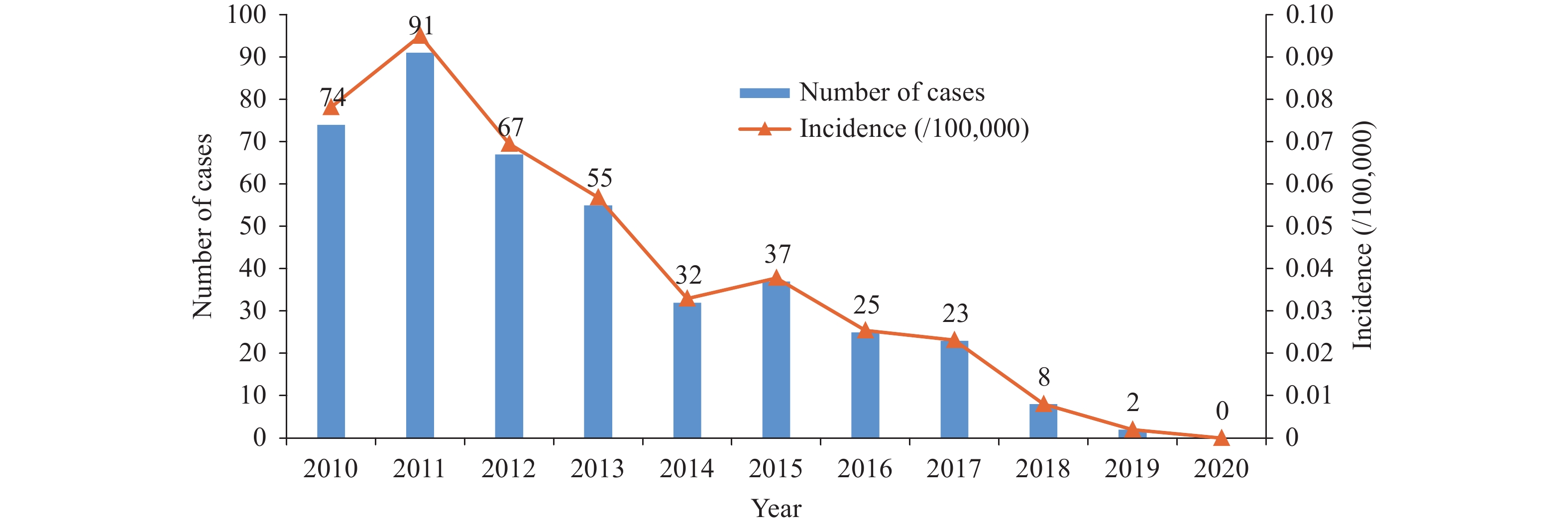2022 Vol. 4, No. 35
Over the last decade, the centralized water quality and supply have been substantially enhanced in rural China. However, compared with the urban water supply, most of the rural Water Supply Projects (WaSPs) are small in scale, simple in engineering facilities, and poor in management.
Most of the rural WaSPs have been basically guaranteed sustainable sources of water. More measures should be taken to improve water disinfection effects, water losses control, and operational and maintenance management. The WaSPs with water supply <3,000 m3/d need to be paid more attention.
Laws and regulations requiring rural WaSPs to carry out a sanitary evaluation should be established. WaSPs should use tools such as World Health Organization Water Safety Plans to identify and control risks.
Numerous epidemiological studies have documented the association between ambient nitrogen dioxide (NO2) and mortality and morbidity of respiratory diseases, however, research on the effect of NO2 on the length of hospital stay (LOS) and hospitalization expenditure is limited.
This study collected the respiratory hospitalization, hospital expenditure, and LOS for respiratory diseases from 2017–2019 in Shanxi, China, and comprehensively evaluated the association between ambient NO2 exposure and respiratory hospitalization, expenditure, and LOS.
This study provides evidence on the association between ambient NO2 and respiratory burden, suggesting that continuously reducing the NO2 concentrations could prevent respiratory disease-associated hospital admissions and decrease the relative burden in Shanxi Province and other similar regions.
The epidemic of human anthrax is at a low level in China in recent years, but the reported incidence increased in 2021. In order to understand the current landscape of research and knowledge about anthrax in China, the epidemiological characteristics of anthrax in humans from 2018 to 2021 were analyzed and the prevention and control suggestions were proposed.
Surveillance data of anthrax in humans and livestock, together with human outbreaks data during 2018–2021, were collected and analyzed by descriptive statistics methods. The number and proportion of outbreaks, cases and deaths by provincial-level administrative divisions (PLADs), clinical types, and contributing factors were calculated.
A total of 1,244 cases of human anthrax and 53 outbreaks were reported from 2018 to 2021 in China. While the incidence of anthrax declined from 2018 to 2020, it increased in 2021. The regions of anthrax were mainly located in the west and the northeast PLADs of China, though cases were reported in some central and eastern PLADs in 2021. Young and middle-aged men involved in animal husbandry were found to be at a higher risk of anthrax. All the reported outbreaks were associated with the exposure of infected livestock. A total of 296 livestock anthrax cases were reported.
The increased incidence and wider geographical distribution of human anthrax in 2021 were found to be the result of inadequate supervision of diseased animals as well as updated diagnostic criteria. As such, the monitoring of risk factors and emergency preparation procedures should be strengthened at the national level. In addition, it is also critical to strengthen health education for high-risk occupational groups and strengthen professional training for local clinicians. Finally, more measures should be carried out to strengthen anthrax surveillance in livestock husbandry.
Foodborne botulism is a rare, potentially fatal illness resulting from the ingestion of foods contaminated with preformed botulinum neurotoxin types A, B, E, or F, produced by Clostridium botulinum. The descriptive epidemiology of foodborne botulism outbreaks in China during 2004−2020 was performed to inform public health response strategies.
Data from 22 of 31 provincial-level administrative divisions (PLADs) of the National Foodborne Disease Outbreaks Surveillance System during 2004−2020 and Embase, China National Knowledge Infrastructure (CNKI), Wanfang Data, and Chinese Science and Technique Journals (CQVIP) from January 2004 to December 2020 to identify indexed publications in the Chinese literature using the following search terms “botulism,” or “botulinum toxin,” or “Clostridium botulinum.” The number and proportion of outbreaks, illnesses, and deaths by PLAD, food types, and contributing factors were calculated.
During 2004−2020, a total of 80 foodborne botulism outbreaks occurred in China, involving 386 illnesses and 55 deaths; most outbreaks were reported between June and August, with a sharp peak in January; 22 out of 31 PLADs reported foodborne botulism outbreaks, Xinjiang reported the largest number of outbreaks (20), followed by Qinghai (13); the most commonly implicated foods were home-prepared traditional processed stinky tofu and dried beef, accounting for 51.25% events. Improper processing and improper storage in contributing factors accounted for 77.50% outbreaks. Initial misdiagnosis occurred in 27.50% of cases.
Outbreaks of foodborne botulism had a high case-fatality rate. Targeted food safety and popularization education to farmers and herdsmen in Xinjiang and Qinghai related to botulism prevention should be carried out, and timely outbreak investigation and hospital surge capacity should be improved.
Rabies is a viral zoonotic disease that causes progressive and fatal inflammation in the brain. Rabies has caused more than 5,000 human deaths in Shandong Province since 1955. This study aimed to analyze the epidemiological characteristics of human rabies in Shandong Province from 2010 to 2020 and to provide a scientific basis for policy changes.
The data of reported human rabies cases from 2010 to 2020 were obtained from China’s National Notifiable Disease Reporting System, and data related to exposure and post-exposure prophylaxis (PEP) of the cases were acquired through case investigation.
A total of 414 human rabies cases were reported in Shandong Province from 2010 to 2020. Out of the 414 total cases, 87.20% were primarily farmers; 83.10% were over 40 years old. 70.29% (265/377) belonged to category Ⅲ exposure; and 96.67% (377/390) were exposed to the virus through infected dogs. The vaccine inoculation rate of these cases after exposure was only 8.85%; 1.03% (4/390) had been vaccinated with rabies immunoglobulin, developing the disease 11 to 13 days after category Ⅲ exposure.
Dogs were still the primary animal hosts. Most rabies patients died due to no or inadequate post-exposure prophylaxis. Vaccine inoculation rates for dogs should reach the target of 70% as soon as possible. Health departments should improve the accessibility and quality of PEP; and improve the health literacy of the elderly in rural areas.



 Subscribe for E-mail Alerts
Subscribe for E-mail Alerts CCDC Weekly RSS Feed
CCDC Weekly RSS Feed


